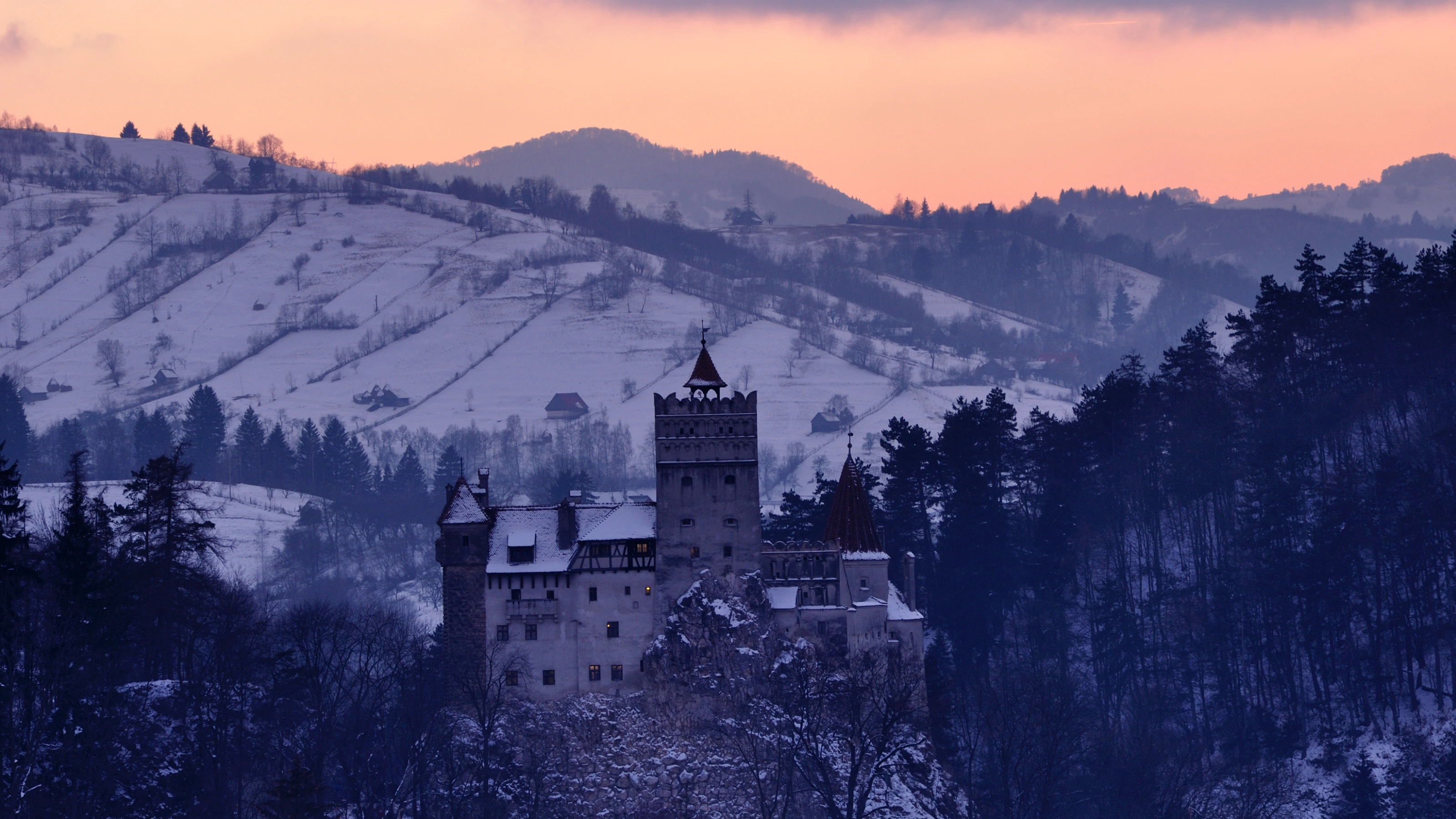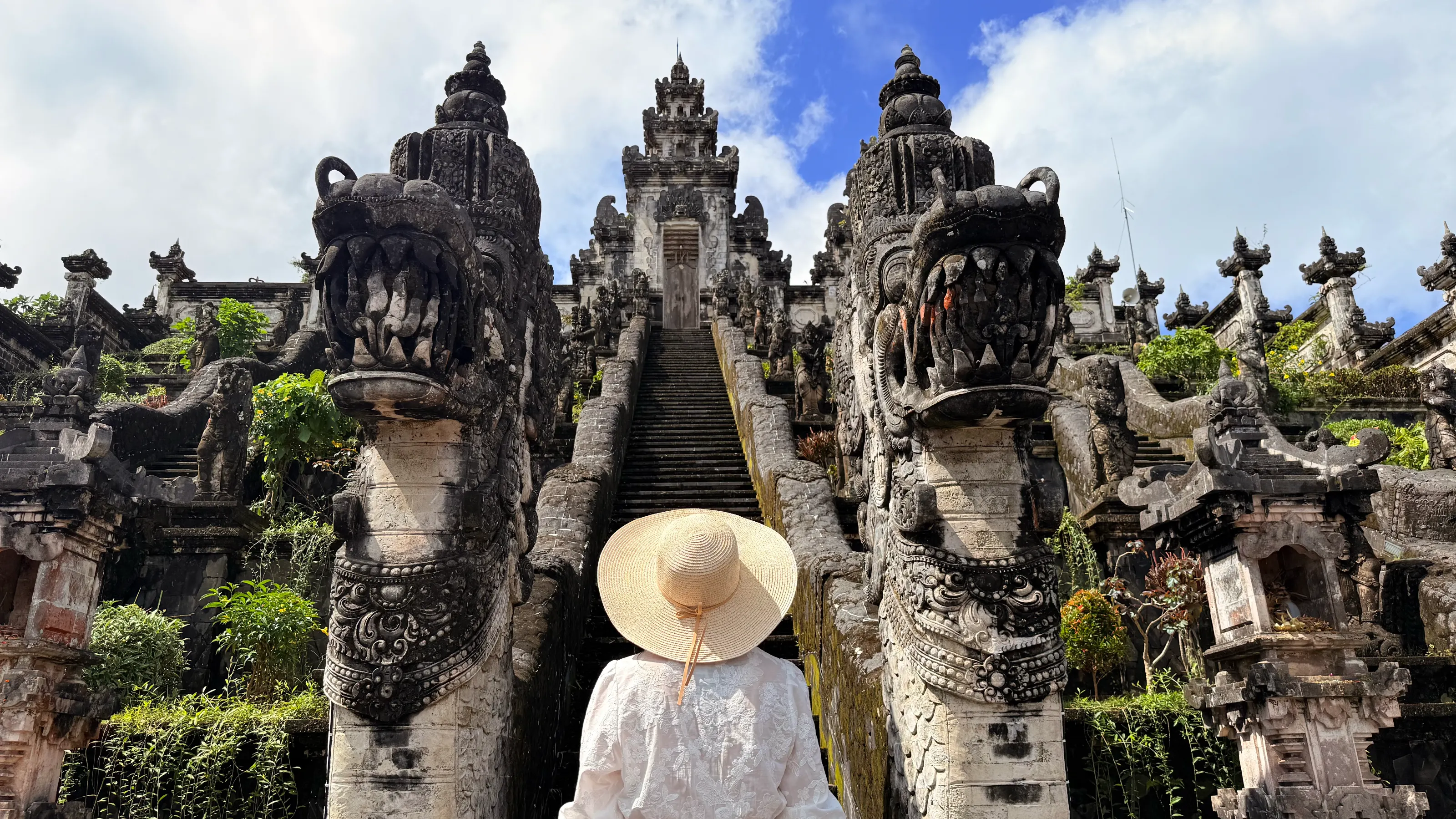Bullet list: how to travel Japan by train

Japan is a country best seen by train. The scale and reach of the rail network, the cost of travel, and the unbelievable variety of options make it one of the best places in the world to ride the rails. From the mighty speed of bullet trains, to the quaint charm of rural routes, you don’t have to be a Francis Bourgeois-level train fanatic (iykyk) to appreciate its allure. So, whether you’re looking for a full itinerary of train-based travel or just the simplest, most eco-friendly way to get from city to city, here’s everything you need to know about travelling Japan by train.
Navigating the Japan train system
The Japanese love their trains. It’s their main mode of transport, with 46 of the 50 busiest train stations in the world located in Japan. And so it’s no surprise that the rail network extends to pretty much every corner of the country.
There are three main types of train system in Japan. First, there is the nationwide network connecting major cities and regions across the entire country. The majority of this network is operated by six independent train companies, known collectively as the Japanese Railways Group (JR Group).
Second, you have inner city train systems and subways to get you across, over, and under Japan’s sprawling urban jungles. And finally, there are privately owned regional train systems offering everything from express services to sightseeing tours, luxury travel to fully decked-out theme carriages. An absolute must for any train lover.

Explore Japan by train on: Journeys: Iconic Japan
Shinkansen: the fastest train in Japan
No journey across Japan by train would be complete without a ride on Shinkansen – the famous bullet trains. Originally built to fuel economic growth by connecting Tokyo with distant regions, the Shinkansen network is now the backbone of train travel in Japan. And with the latest models reaching speeds of up to 360km (223 mi) per hour, you’ll be at your next destination in no time.
But it’s not just speed these things are built for. Onboard you’ll find a luxurious space that’s quiet, calm, and comfortable. Even in standard class there are comfy seats, plenty of room, and excellent cleanliness standards, while Green Class offers an extra level of luxury with more legroom and larger, reclining seats.
But for a real ride in style? Look no further than Gran Class. Not available on every train, Gran Class has just six rows of seats in the entire carriage, with three seats in each row. And with lavish decor, the latest built-in tech, and an attendant bringing you fresh food and drink at the touch of a button, it’s an experience you won’t want to end.

Ride the bullet train on: Discover Japan
How much does a train ride cost in Japan?
Of course, a Gran Class ticket on the bullet isn’t going to be cheap — a three-hour journey from Tokyo to Aomori City will set you back around ¥29,000, or US$195. But that’s for the very best of the very best. On other routes and in other classes, train travel is one of the most affordable ways to get around Japan.
The cost of a train ride depends on where you’re going, how far you’re travelling, and what type of train you’re taking. For a short trip of a few stops on a single line, for example, you might only pay ¥100 (less than a dollar), and prices go up from there. Bullet trains are certainly the most expensive, but these can still be cheaper than flying or driving. And for an even cheaper option, Limited Express trains take a little longer but range between ¥500 (US$3.30) and ¥4000 (US$27).
When it comes to buying tickets, you have a few options. For shorter journeys you can use machines and ticket offices in the stations, but grab a prepaid travel card if you’re making multiple short trips. Called an IC, this rechargeable card lets you travel on subways and local trains across the country. But if you’ve got a full itinerary of train travel planned, the Japan Rail Pass is an absolute must.

The Japan Rail Pass
If you’re planning to fully embrace the railroad experience, the Japan Rail Pass is your golden ticket. This handy little pass gets you unlimited travel on around 80% of Japan’s train network, including bullet trains, plus lots of buses and even ferries. It’s a no-brainer for travellers who’ve got a bit more time to fully explore the country, as the savings can really add up.
Helpfully, there are three different Japan Rail Pass options to choose from: the seven-day, 14-day, and 21-day pass. The initial cost may seem a lot (around US$335 for the 7-day, US$540 for the 14-day, and US$675 for the 21-day) but when you consider a one-way bullet train ticket from Tokyo to Kyoto costs around USD$90, the savings are obvious.
The key is choosing the right pass for your trip, and buying it at the right time. You don’t want to buy a 14-day pass for your two-week trip if you’re only going to be travelling every few days. A better option would be to buy a seven-day pass for the middle of your stay, and maximize its value with lots of trips in that time. So take a look at your itinerary first and pick the right time to enjoy all the freedoms that this handy little ticket brings you.

Pass the planning to us on: Epic Japan: Speed Trains & Street Food
Which Japan train routes are best for you?
However you snag train tickets, there are no shortage of routes to try out all over the country. Picking the best time to visit Japan depends on what you’re after, but these are some popular routes to suit every type of traveller.
Get off the beaten track on the Tadami Line
Stretching for 135km (84 miles) through the Aizu region, the Tadami Line is one of the most stunning in the entire country. Pretty much every journey on this line offers incredible views for passengers, whether it’s crossing bridges high above rivers, traversing cliff edges, or cutting through rolling hills and vast green fields.
The entire line takes about four hours from start to end, so you might not have time to see the whole thing. But try hopping on and off the regular trains at different towns and villages, and you’ll discover a unique side of Japan that many tourists don’t get to see.

Ride to more hidden gems on: Back Roads of Japan
Take the Nara Express to bowing deer
Around a 45-minute journey from Kyoto to the historic city of Nara, the Nara Express offers the perfect day trip to see some of the oldest temples in the country. Once the capital of Japan, Nara is steeped in history and boasts a stunning collection of Japanese gardens, Buddhist temples, and pretty parks.
Many of the main attractions are in the city centre, in and around Nara Park, which is also home to the world-famous Cherry Blossom Trees and free-roaming deer. For some of the larger temples you’ll have to journey out of the city a little — but there are plenty of low-cost buses and trains to get you there.

Day trip to Nara deer on: Journeys: Iconic Japan
City hop on the Tokaido Shinkansen
If you’re hoping to visit more than one city in Japan, the chances are you’ll use the Tokaido Shinkansen. This bullet train route connects Tokyo and Yokohama, Nagoya, Osaka, and Kyoto, and is the most-used bullet train in the whole country.
It’s hard to believe this railway first opened back in 1964, when it became the world’s first high-speed rail line. More than 60 years later it’s still one of the most cutting-edge railways in the world, delivering speeds of up to 285km (177 miles) per hour with departures every few minutes.

Make tracks from Tokyo to Kyoto on: Journeys: Iconic Japan
Foster solo travel vibes to Fukui
For those who like to go it somewhat alone, you can travel at breakneck speeds on an ultramodern bullet train to land in the quiet solitude of rural Fukui. Visit the Eiheiji Temple tucked deep in the mountains for some solid ‘me time’ and overnight at a ryokan stay.
At this traditional Japanese inn, you can bed down on tatami mats, sit quietly with other solo travellers, and take a long hot soak in a rejuvenating onsen. Did we mention you can also watch steel-smiths wield ancient knives at Takefu Knife Village? It’s peaceful, we swear!

Befriend fellow solo travellers on: Solo-ish Japan
Go city to sea on the Tosa Kuroshio railway
If you find yourself in the city of Kochi, on Shikoku Island in southern Japan, a ride on the Tosa Kuroshio line is an absolute must. Boasting sleek new trains and low-cost travelcards on weekends, it’s a great way to get out of the city and back to nature.
And what nature it is. From the crystal-clear waters of the Shimanto River, to the serenity of Irino Beach in Kuroshio Town, you’re spoilt for choice on this little-known railway. And remember to keep an eye out for a daruma sunset — an optical illusion where the sun appears to set above the horizon. This beautiful phenomenon only happens in specific weather conditions, and the Kochi region is one of the few places to see it.

Bullet to more coastal bliss on: Kyoto, Tokyo & the Michinoku Coastal Trail
Travel back in time on the Himi Line
Trundling through countryside in the Chubu region you’ll find the Himi Line, a cute little 16.5km (10.3 mi) railway with just eight stations, and countless incredible views. After winding through the countryside on the one- or two-carriage trains, the Sea of Japan suddenly comes into view to show you what makes this route so unique.
Every train on this line is like a step back in time, but for a truly unique trip visit on a Sunday for a ride on the Belles Montagnes et Mer – a beautifully finished one-car train with green velvet seats facing out to the landscape, giving you a front-row seat to spectacular views.
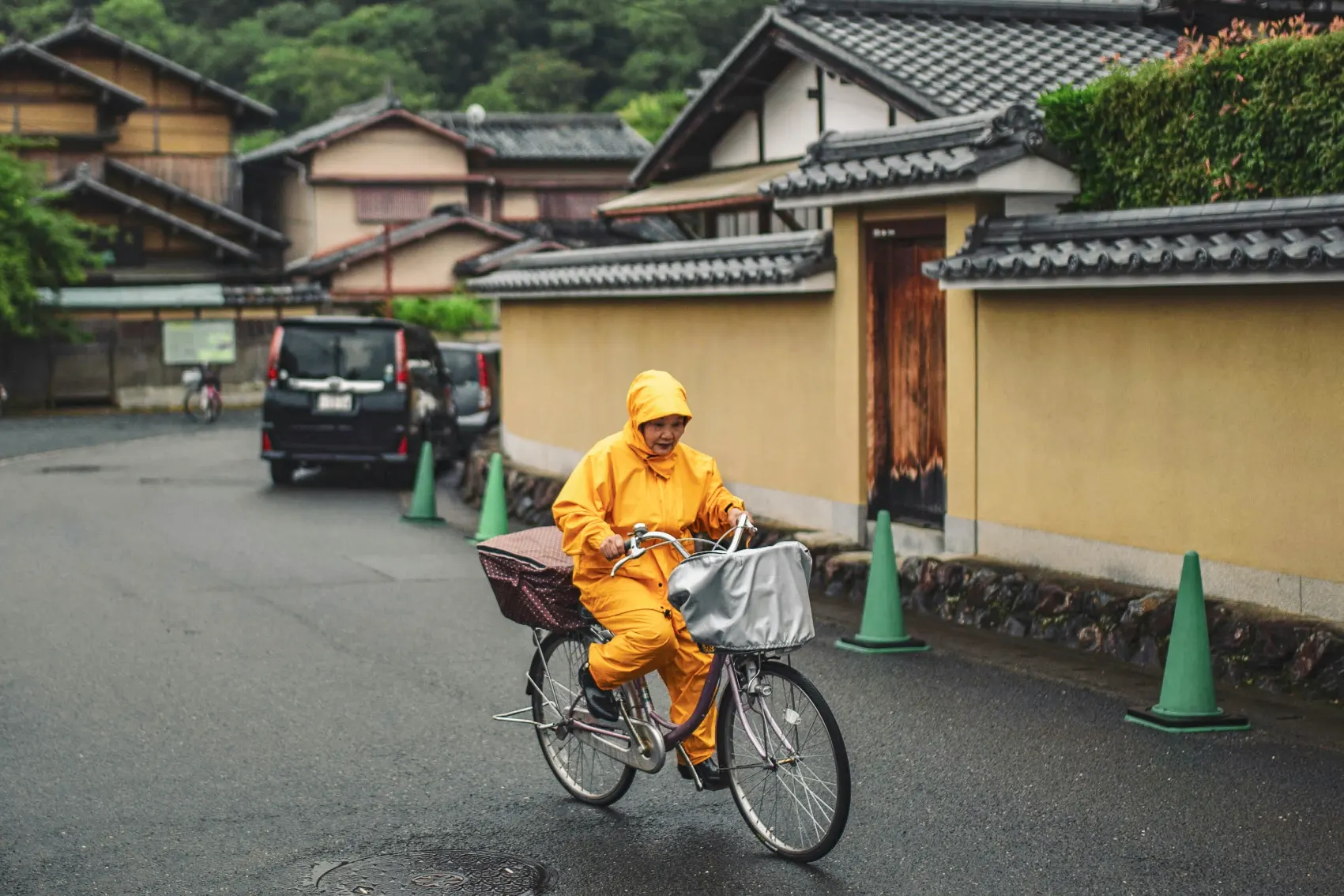
Discover the old and new on: Japan Family Journey: From Ancient to Modern Times
Mountain climb on the Hakone Tozan Railway
One of the few mountain railways in Japan, the Hakone Tozan Railway in the Kanagawa region takes passengers on a stunning journey through the ever-changing landscape of Fuji-Hakone-Izu National Park. It can often feel like you travel through all four seasons in one journey, as the train zigzags up the steep mountain.
And for something truly special, try and visit in June when hydrangeas are in full bloom along the track – giving the Hakone Tozan Railway the affectionate ‘hydrangea train’ nickname.

































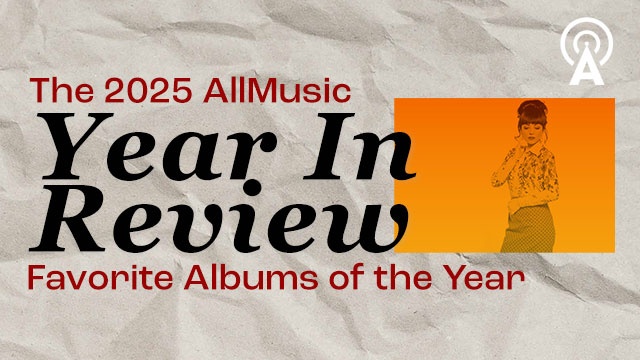


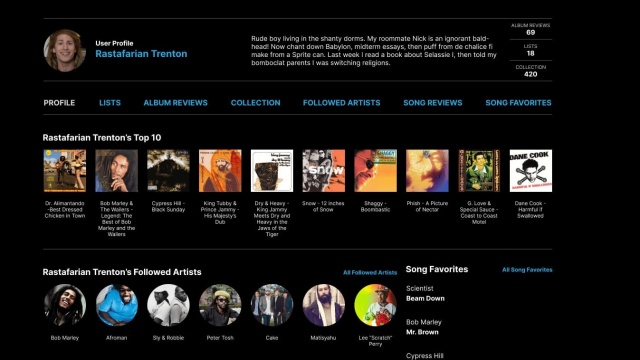



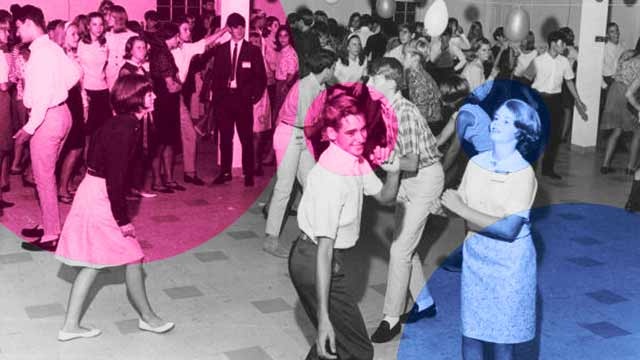




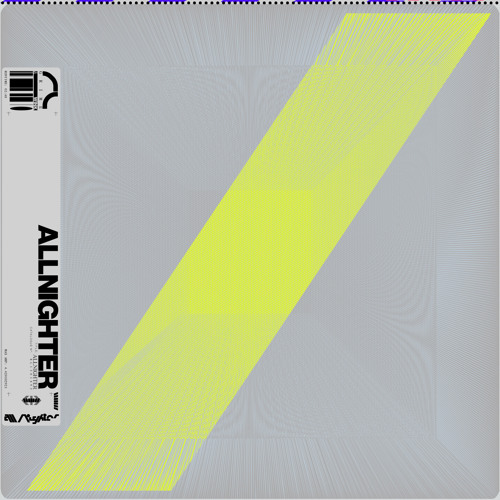



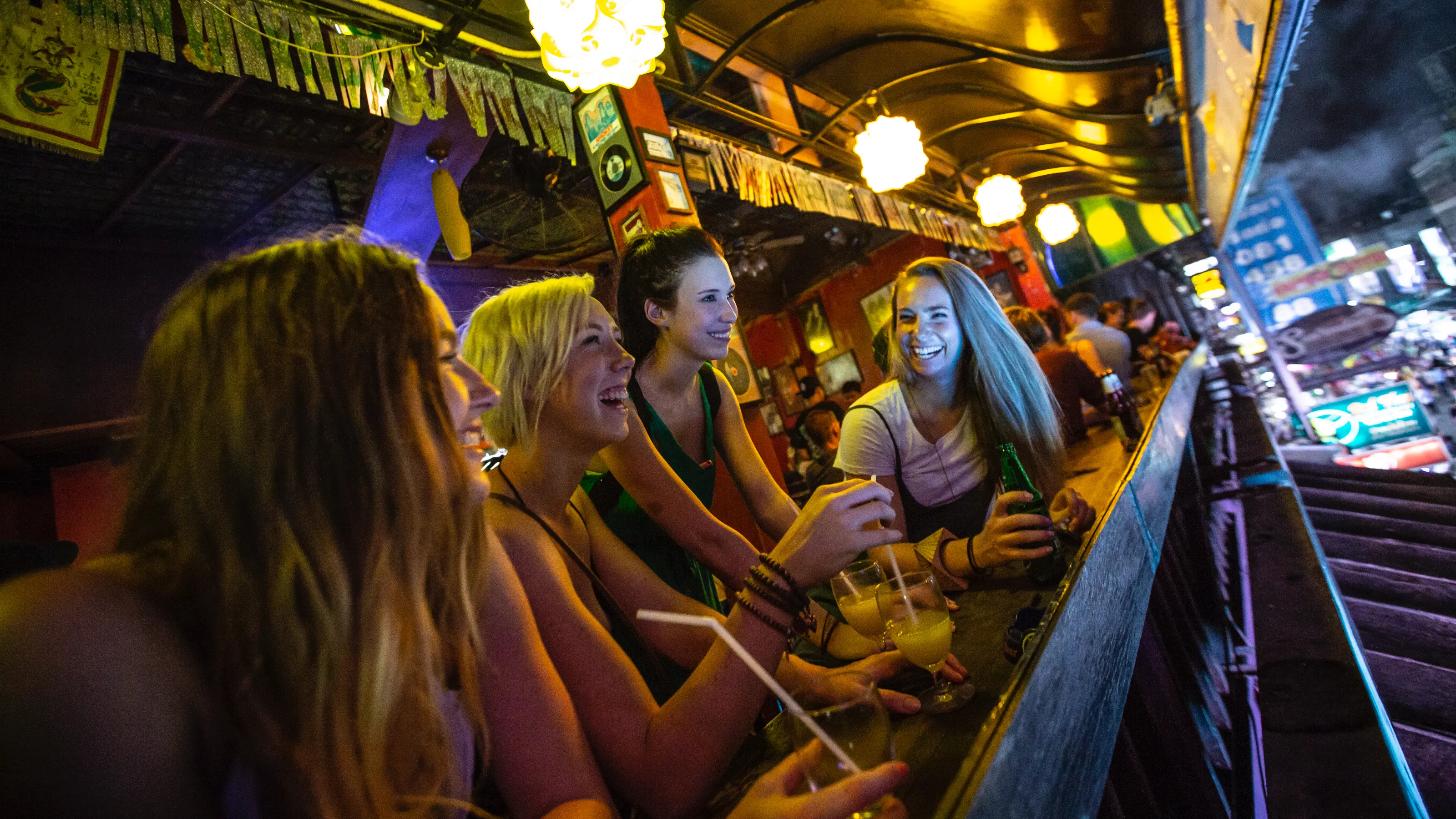
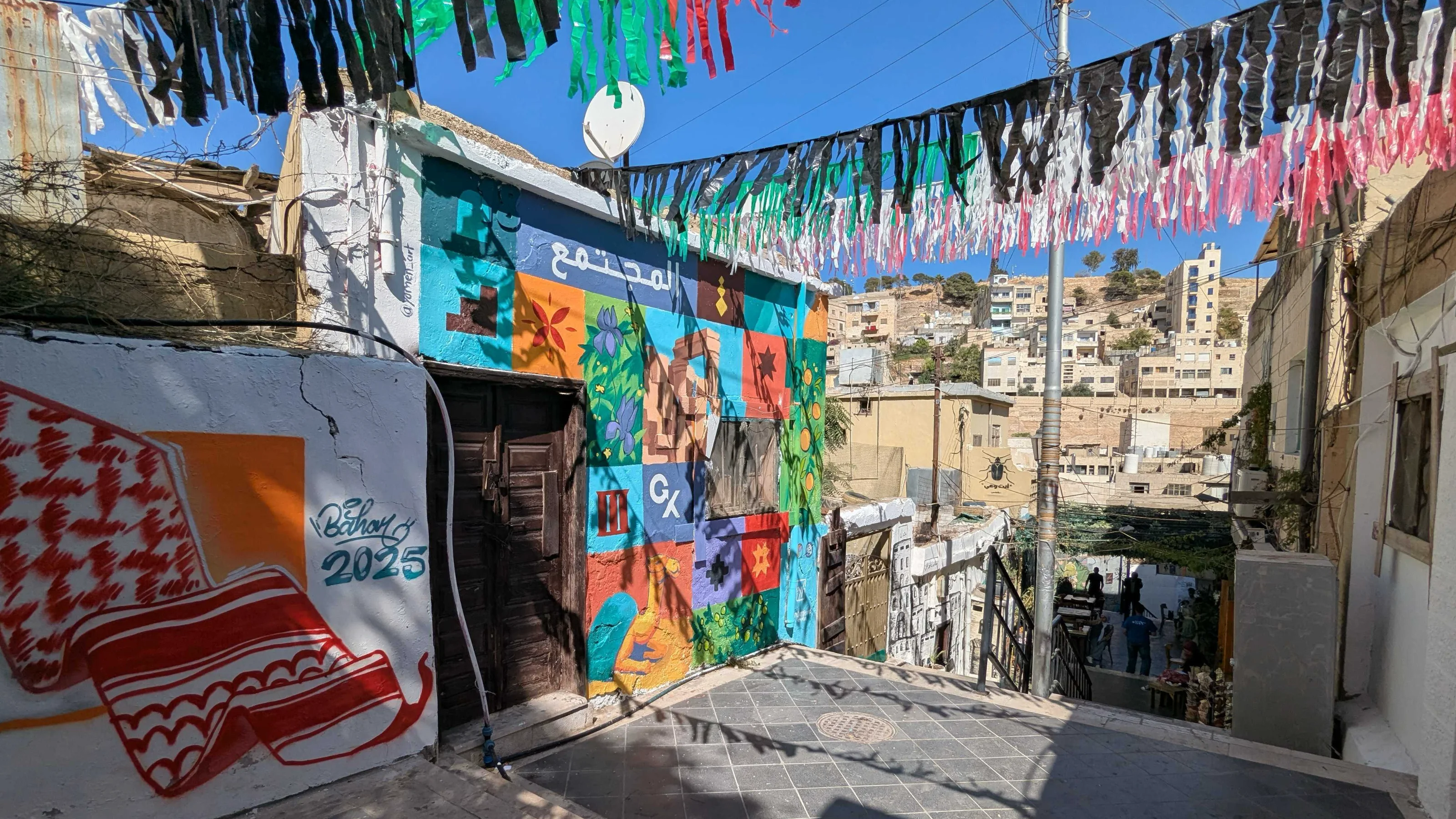



















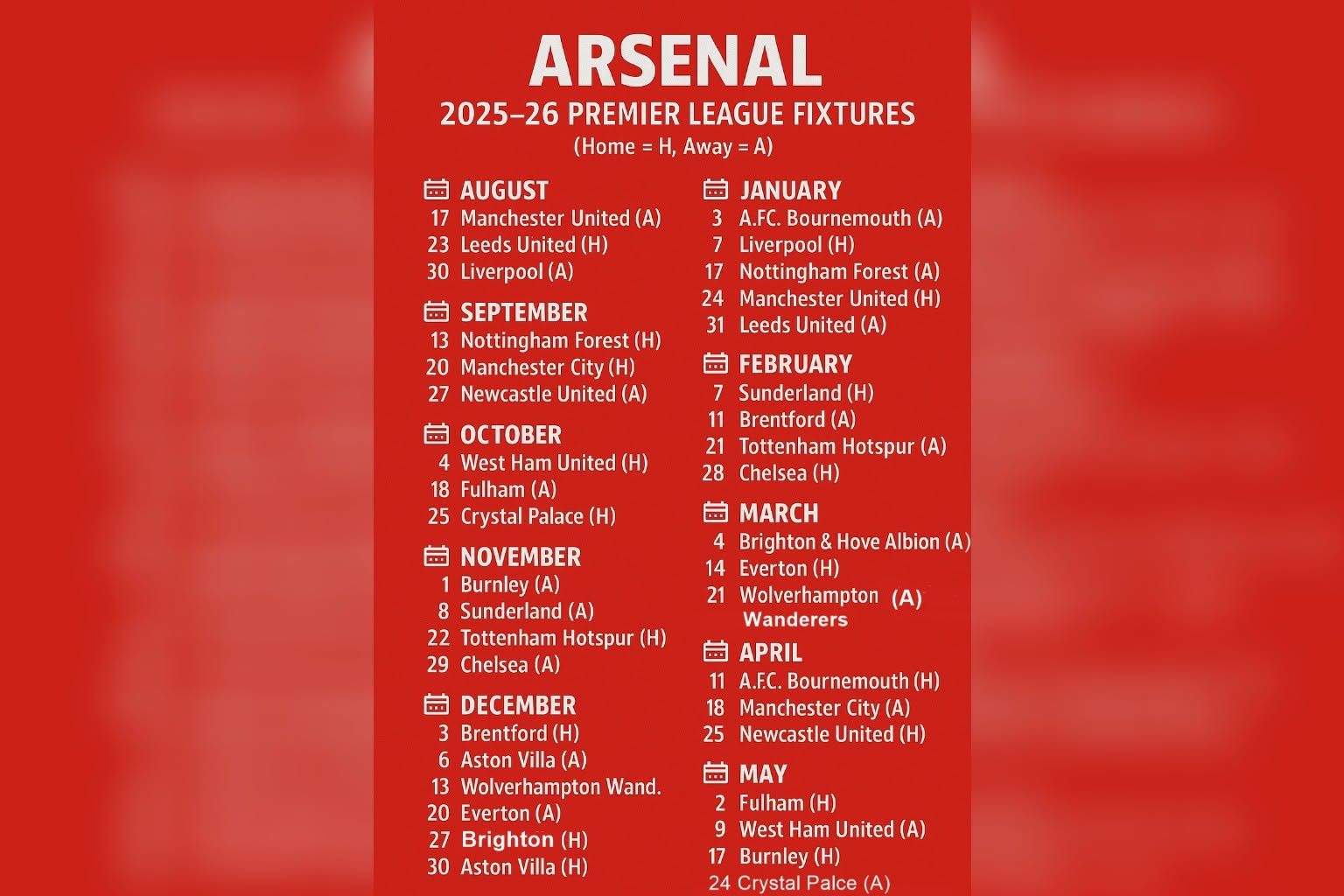

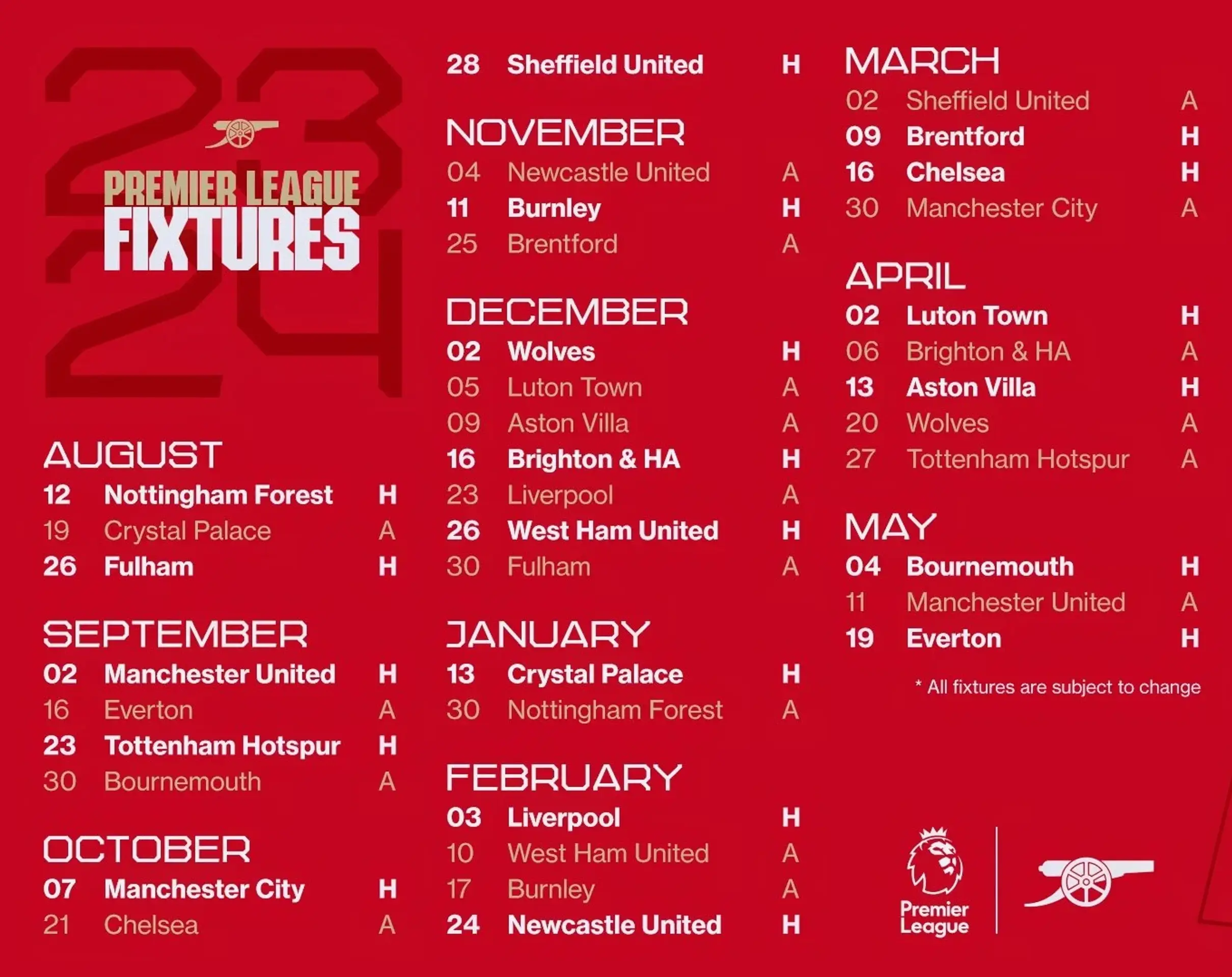



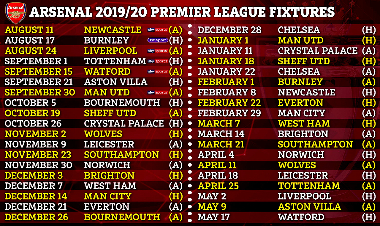














:format(webp)/cdn.vox-cdn.com/uploads/chorus_image/image/66321622/1206682849.jpg.0.jpg)

























:format(webp)/cdn.vox-cdn.com/uploads/chorus_image/image/67131045/1261725039.jpg.0.jpg)





































/origin-imgresizer.eurosport.com/2024/02/04/3880159-78836108-2560-1440.jpg)

















